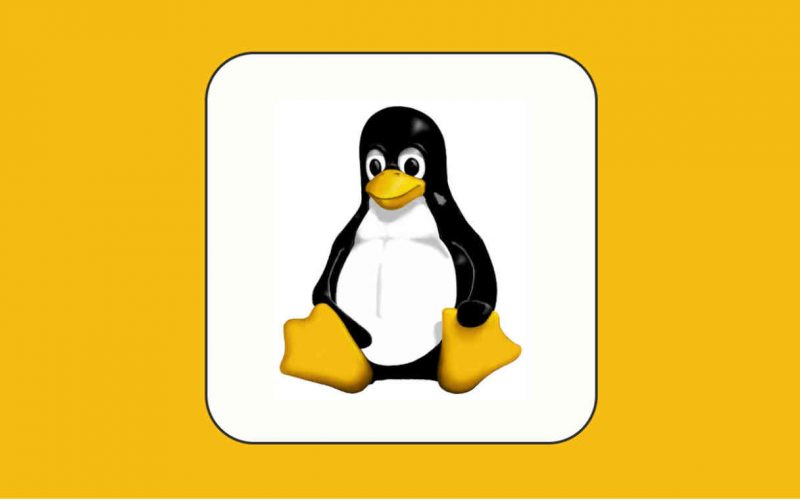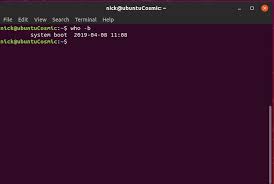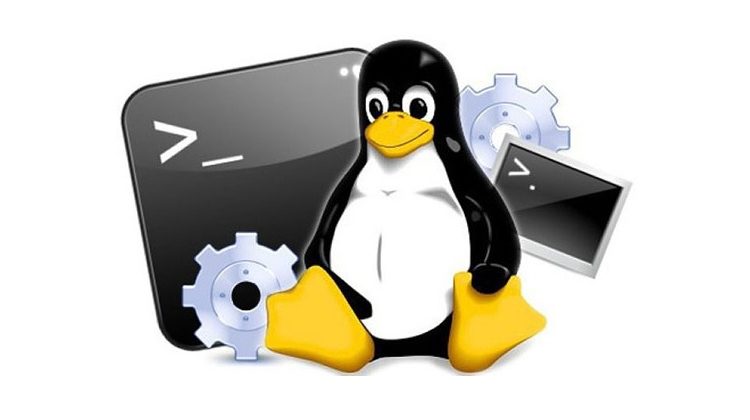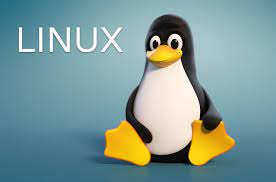02
Oct
In Linux, network services play a crucial role in providing various network functionalities, such as DNS resolution, IP address assignment, file transfer, and remote access. Here are some commonly used network services in the Linux operating system: DNS (Domain Name System):DNS is responsible for translating domain names into IP addresses. It allows users to access websites and other network resources using human-readable names. In Linux, the following tools and services are commonly used for DNS:a. BIND (Berkeley Internet Name Domain): BIND is the most widely used DNS server software in Linux. It provides DNS name resolution services for local networks…









